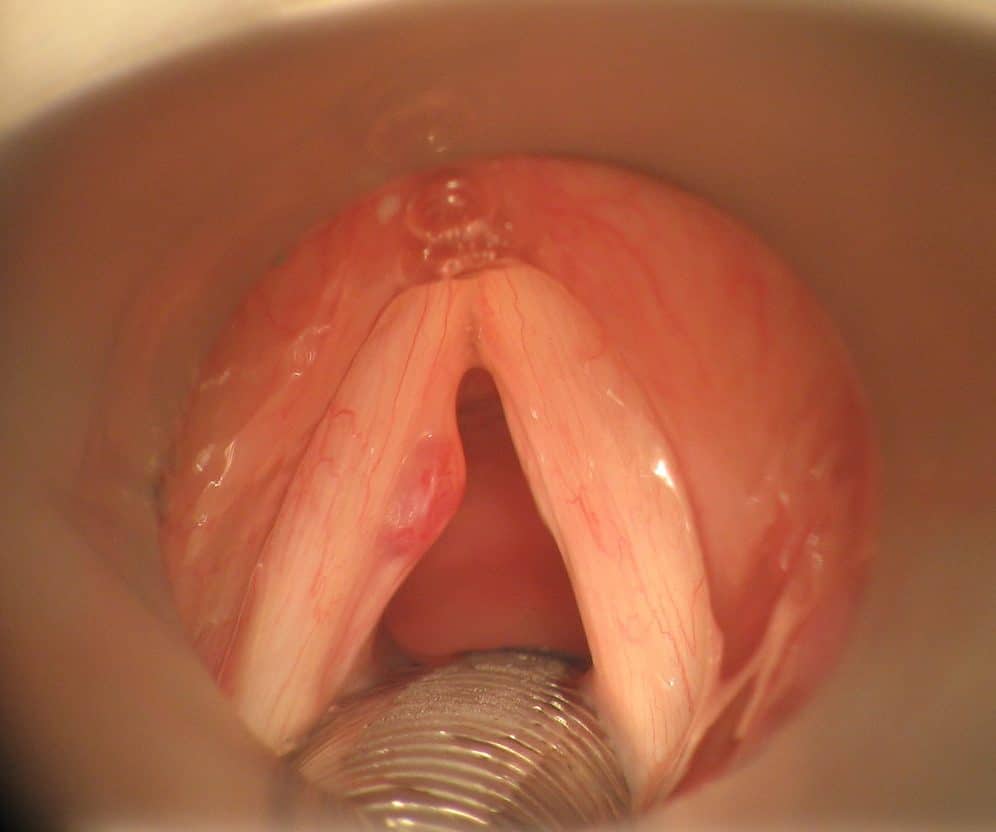This article is for educational purposes only. It should not be used as a template for consenting patients. The person obtaining consent should have clear knowledge of the procedure and the potential risks and complications. Always refer to your local or national guidelines, and the applicable and appropriate law in your jurisdiction governing patient consent.
Overview of Procedure
A microlaryngoscopy is an examination of the larynx which is often combined with examination of the trachea and primary bronchi (microlaryngoscopy and bronchoscopy, termed MLB)
MLB is performed as a diagnostic procedure in the paediatric population to identify or exclude disorders of the airway such as laryngomalacia, tracheomalacia, or laryngeal cleft. Microlaryngoscopy is also used in the adult population to perform procedures in the larynx and airway, such as vocal cord biopsies, excisions, or debulking
The procedure is performed under a general anaesthetic and the patient is ventilated with a slim endotracheal tube or with supraglottic ventilation. A rigid laryngoscope is advanced to provide a view of the vocal cords, and a microscope or endoscope (Hopkins rod) may be used to examine the larynx and carry out any procedures required.

Figure 1 – A Vocal Cord Nodule, as seen on microlaryngoscopy
Complications
Intraoperative
| Complication | Description of Complication | Potential Ways to Reduce Risk |
| Bleeding | Use of adrenaline-soaked patties combined with suction throughout | |
| Dental or lip injury | Rarely, teeth, gums, or lips may be damaged by the rigid laryngoscope | Use a gum-guard throughout |
| Laryngeal injury | Ensure all steps are taken under direct vision | |
| Anaesthetic risk | Includes damage to the teeth or larynx from intubation, adverse reaction to drugs, nausea and vomiting, cardiovascular and respiratory complications. | Part of the anaesthetic assessment before an operation |
| Pneumothorax | A pneumothorax may occur due to the jet ventilation used during the procedure, albeit very rare |
Early
| Complication | Description of Complication | Potential Ways to Reduce Risk |
| Pain | Ensure to prescribe regular simple analgesia post-operatively | |
| Laryngeal oedema | Laryngeal oedema can develop post-operatively, although is typically mild | |
| Dysphonia | Bruising to the vocal cords may result in transient hoarseness post-operatively | Voice rest postoperatively is recommended, particularly if biopsies or excisions have been performed |
| Aspiration | Patients can aspirate saliva or blood during the procedure, which could result in a pneumonia | Ensure good suctioning throughout the procedure of all secretions |
Late
| Complication | Description of Complication | Potential Ways to Reduce Risk |
| Need for repeat procedures | If further diagnostic information needed or further biopsies required |
